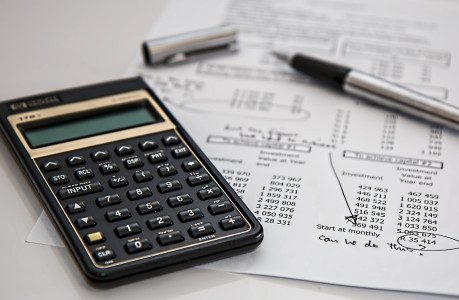continue Reading:
Unveiling The Intricacies Of Capital Allowances

Welcome to our in-depth exploration of the complex world of capital allowances. This article aims to unravel the intricacies and shed light on this often overlooked but crucial aspect of taxation. Whether you are a business owner, property investor, or tax professional, understanding the nuances of capital allowances can significantly impact your financial planning decisions and ultimately contribute to your bottom line. By the end of this read, you will understand this topic comprehensively and be equipped with the necessary tools to maximise your tax relief and optimise your capital expenditure.
What Are Capital Allowances?
What is capital allowance? Capital allowances are a financial mechanism in taxation that allows businesses to deduct the cost of certain capital assets from their taxable profits. These assets typically include machinery, equipment, vehicles, and buildings used for business purposes. Capital allowances enable businesses to spread the deduction over several years instead of deducting the total cost of these assets in one go, which can significantly impact a company’s profits in a given year.
Capital allowances allow governments to encourage businesses to invest in capital assets by reducing their tax liability. By providing this tax relief, businesses are more inclined to upgrade or expand their infrastructure, which, in turn, can stimulate economic growth. Capital allowances vary by country and can be quite complex, involving different rates, categories of assets, and rules for calculating allowances. Therefore, businesses must understand their respective tax regulations and seek professional advice to optimize their capital allowance claims, ultimately benefiting their bottom line.
Importance Of Capital Allowances For Businesses
They provide a significant tax benefit by allowing companies to deduct a portion of their capital investments from their taxable profits. This reduction in taxable income leads to lower tax liabilities, thereby preserving capital that can be reinvested in the business for expansion, innovation, or other critical needs. Without capital allowances, companies might be reluctant to invest in costly assets due to the immediate impact on their tax burden, potentially hindering their competitiveness and growth prospects.
Capital allowances encourage businesses to modernise and remain competitive. As technology and industry standards evolve, companies must continually update their equipment and infrastructure to stay relevant and efficient. Capital allowances incentivise these upgrades by reducing the financial burden of acquiring new assets. This helps businesses remain competitive in their respective markets and contributes to overall economic development by promoting innovation and productivity.
Capital allowances are vital for businesses as they promote investment, support growth, and foster innovation. They alleviate the immediate tax burden of capital investments, enabling companies to allocate resources strategically and remain competitive in dynamic industries. Moreover, these allowances contribute to economic progress by encouraging businesses to modernise and improve operations, ultimately benefiting companies and the broader economy.
Qualifying Expenditure For Capital Allowances
Capital allowances typically apply to specific types of capital expenditure businesses incur for their trade. These expenditures usually fall into several categories:
- Plant and Machinery: This category includes a wide range of assets, such as manufacturing equipment, office machinery, computers, vehicles used for business purposes, and even certain fixtures within commercial properties. The definition of “plant and machinery” can vary by jurisdiction, so businesses must consult tax regulations or seek professional advice to determine what specific assets qualify.
- Renovation and Alteration Costs: Expenditures related to the renovation, alteration, or improvement of commercial buildings, including costs for installing heating, lighting, and security systems, can often qualify for capital allowances. Again, the specific rules and rates can differ by region, so businesses should ensure compliance with local tax laws.
- Research and Development: Some countries offer special capital allowance incentives for research and development (R&D) expenditures. Businesses in qualifying R&D activities may be eligible for enhanced allowances to encourage innovation.
- Environmental Assets: Certain environmentally friendly assets, such as energy-efficient equipment and renewable energy installations, may qualify for special capital allowances or incentives to promote sustainability and reduce carbon emissions.
Businesses must keep accurate records of their capital expenditures and consult with tax experts to determine which specific assets are eligible for capital allowances in their jurisdiction. Compliance with local tax laws and regulations is essential to maximize the tax benefits available for capital investments.


























Leave A Reply